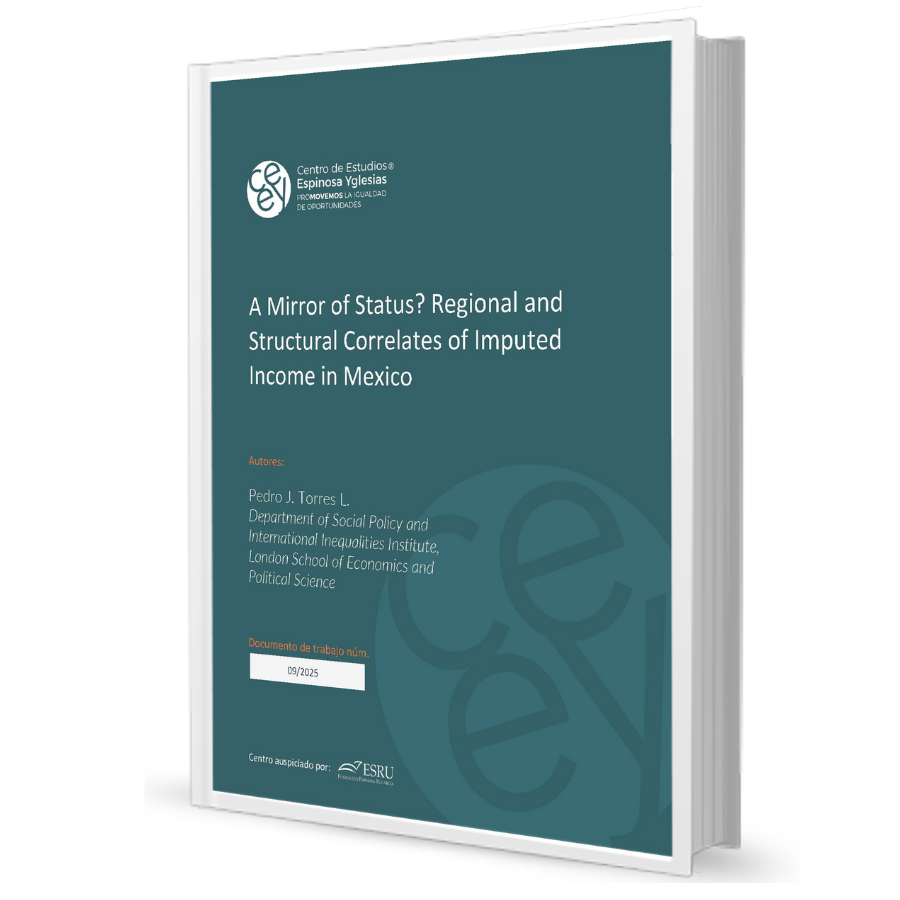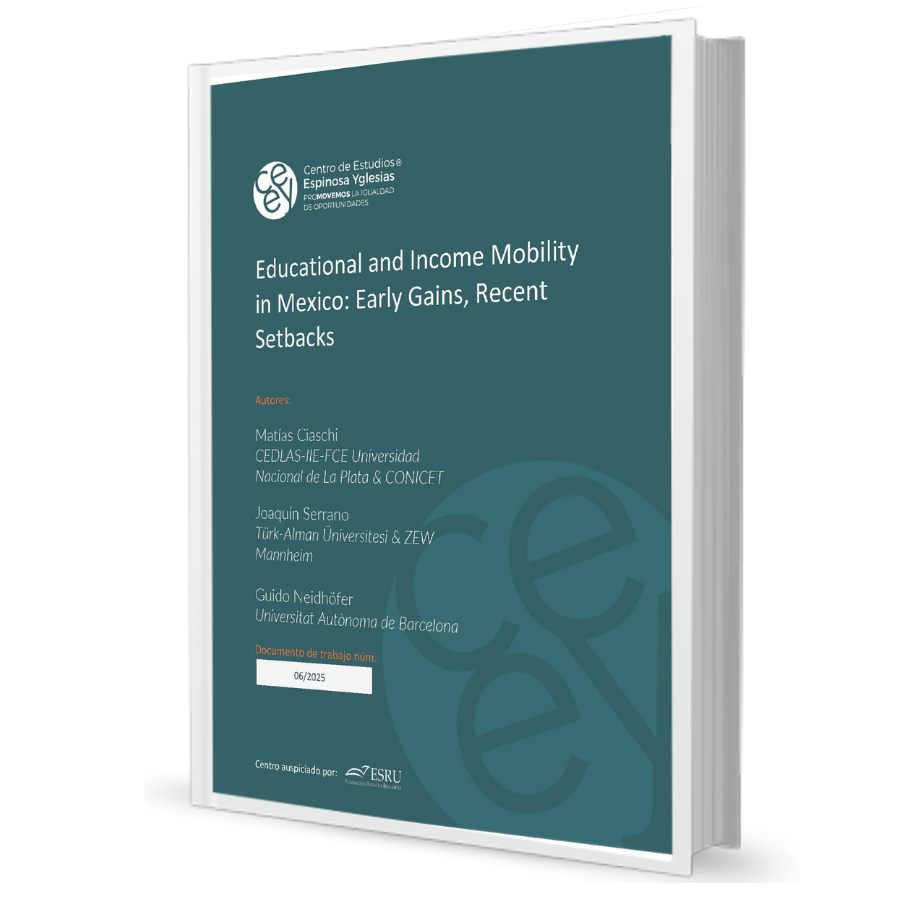
Still Looking for the Land of Opportunity: The Case of Mexico
Roberto Vélez Grajales
Omar Stabridis
Enrique E. Minor Campa
Documento de trabajo CEEY no. 01/2017
With the aim of comparing patterns of intergenerational mobility between Mexico’s 32 federative entities using two sources of data — the ESRU Survey of Social Mobility in Mexico 2011 (EMOVI-2011) and the National Nutrition and Health Survey 2012 (ENSANUT-2012) — this study conducts a regional disaggregation exercise, enabling the construction of intergenerational transition matrices for each of the country’s 32 states. Mobility is measured using a wealth index that is calculated based on the variables of the services and assets of contemporary households, and on interviewees’ origin. Once all the dichotomous variables were established, the index was estimated using the Multiple Correspondence Analysis (MCA) method. The results, similar to those observed in recent literature pertaining to other countries, show heterogeneous patterns of mobility among the different states. This heterogeneity indicates the need for future surveys to collect primary information, in order to ensure the possibility of regionally disaggregating social mobility measures.





